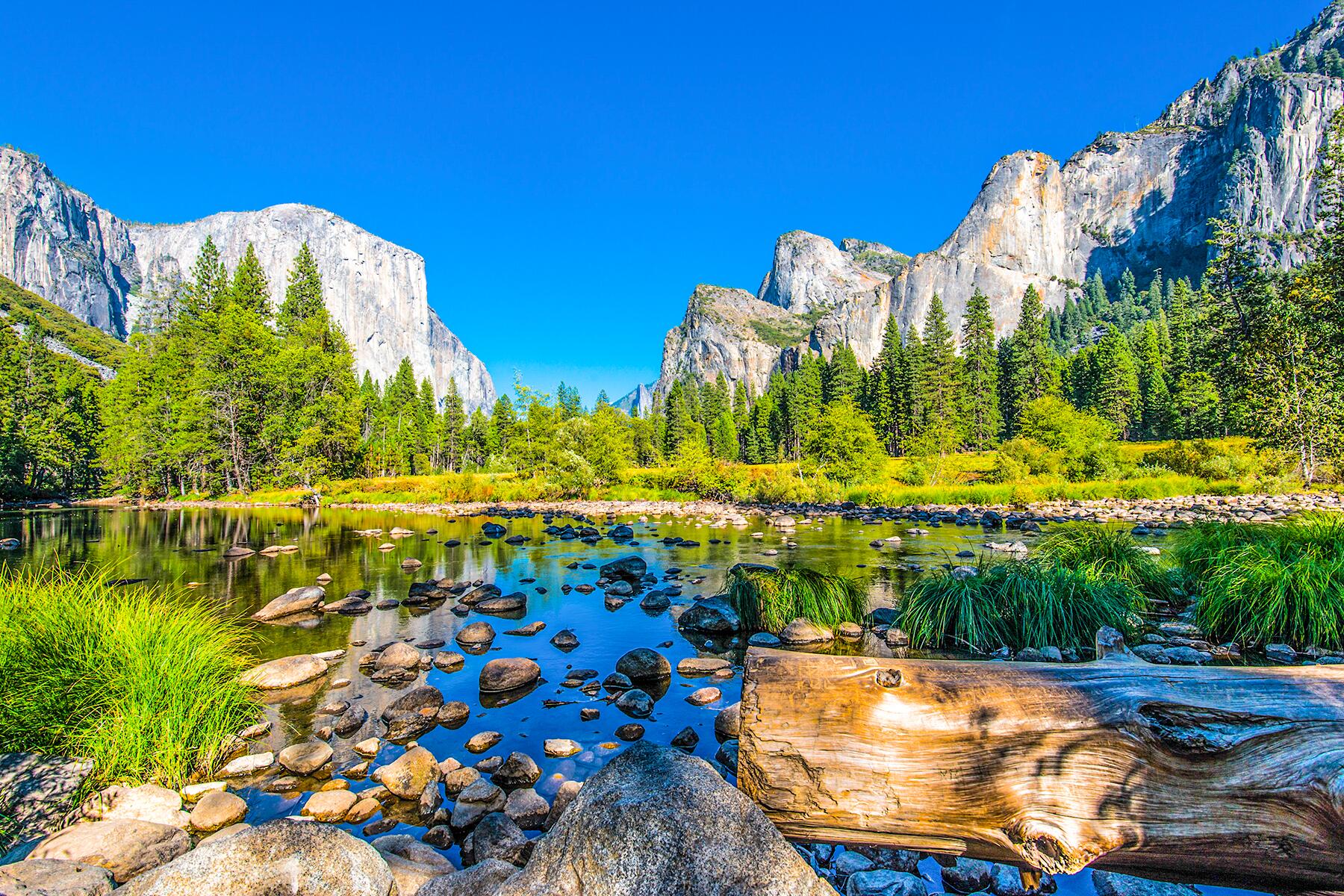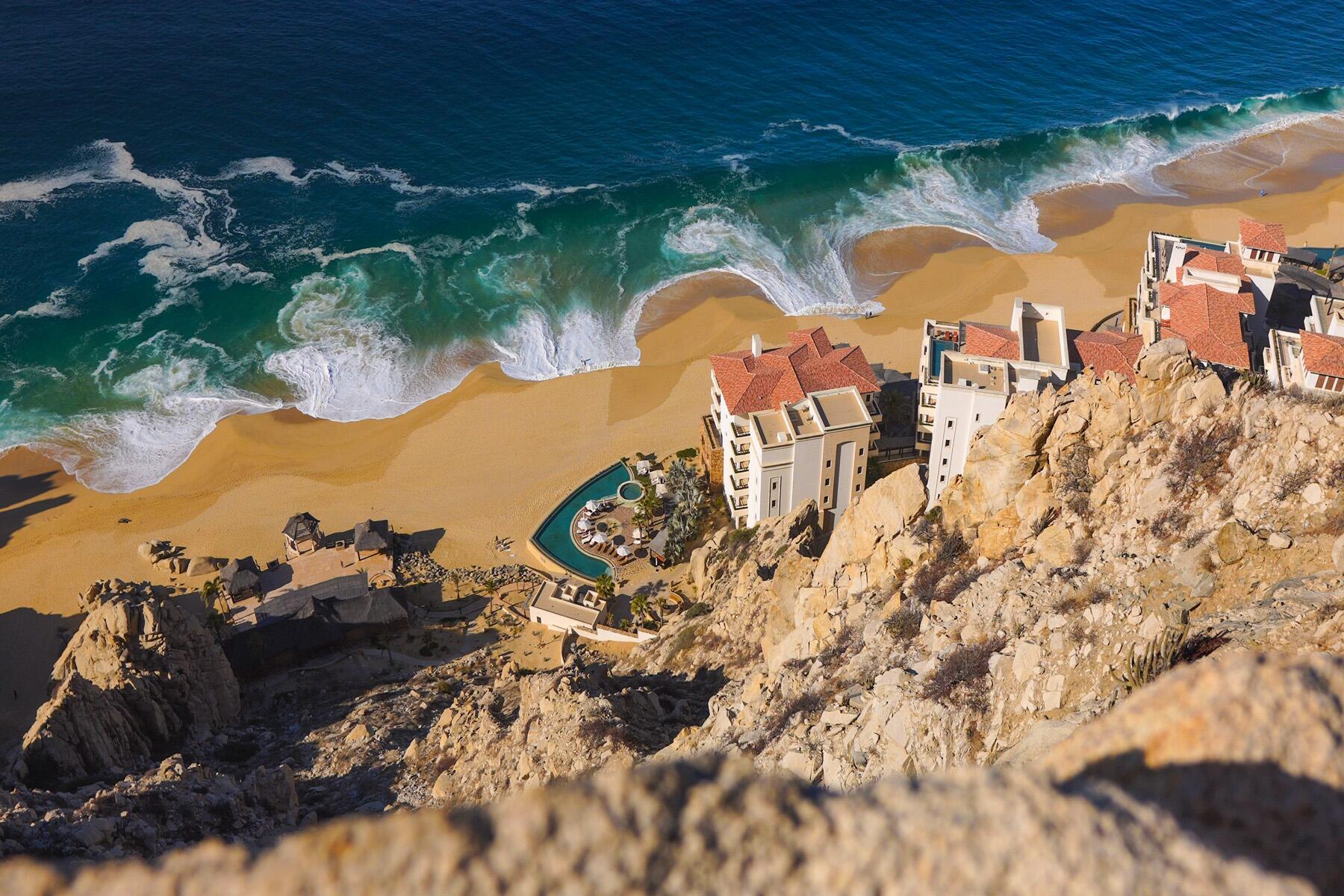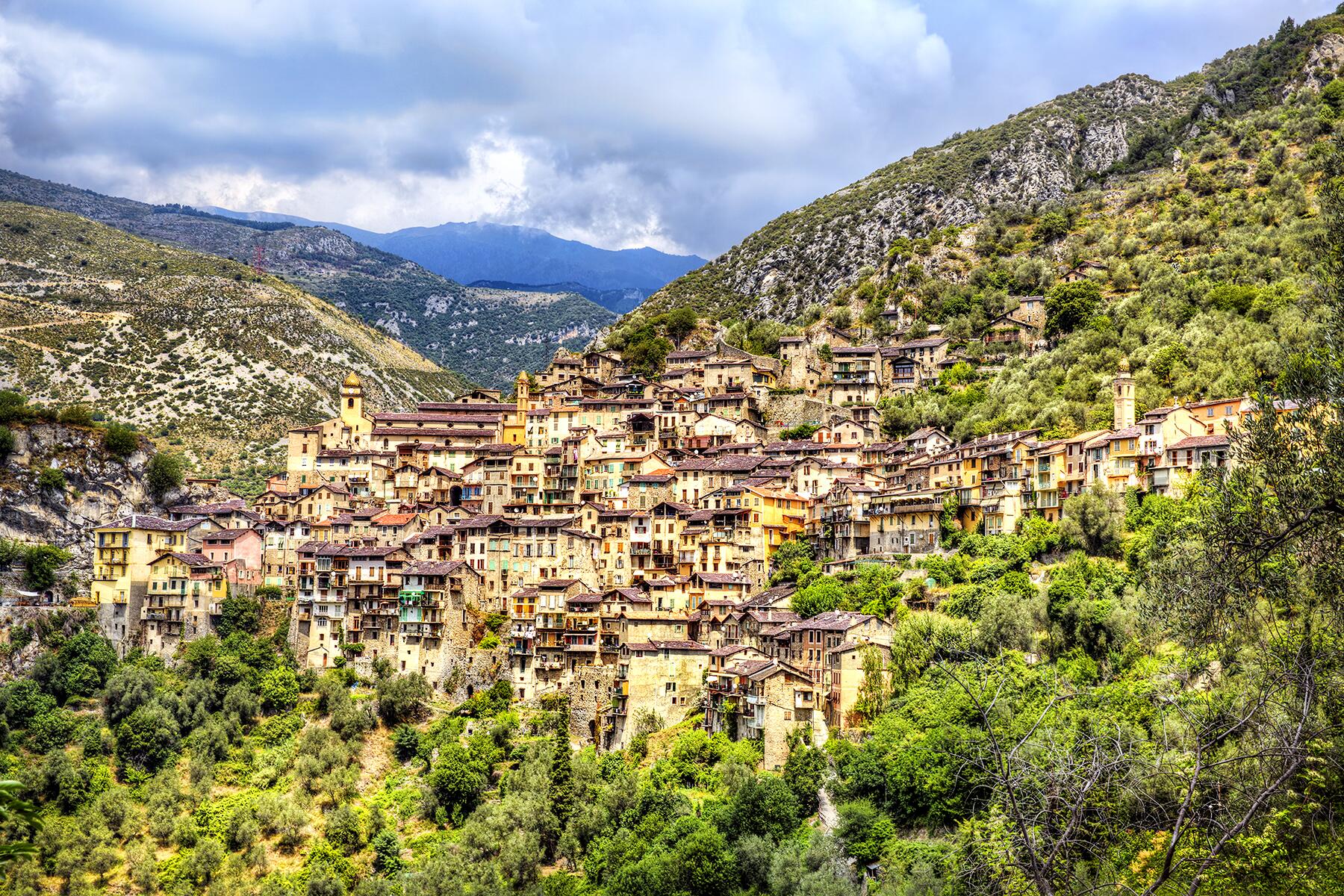These picture-perfect French villages (literally) stand out above the rest.
Tiny cobbled streets, centuries-old stone houses draped in ivy, colorful farmer’s markets and lively town squares: these are all the things that make French villages so irresistible. While you can find quaint towns scattered around the whole country, there’s something extra magical about those found in sensational locations. This is what lures visitors to places like Mont-St-Michel, Èze, and Mougins–and every year this number creeps higher and higher. So get away from the crowds. Get your fill of French village charm, and take in some jaw-droppingly gorgeous views at these sublimely set hilltop towns that are off-the-beaten-track.




